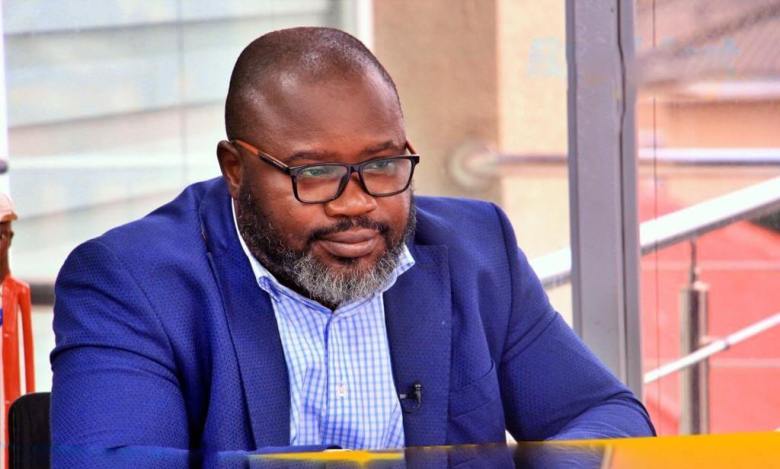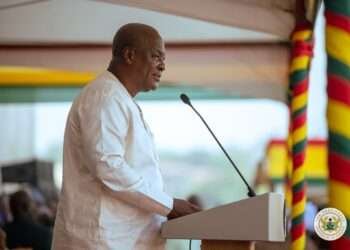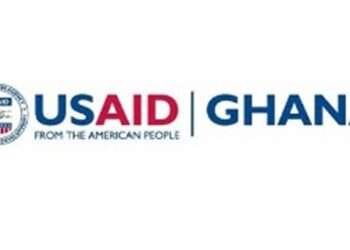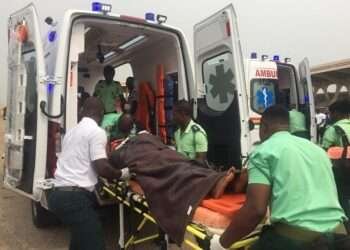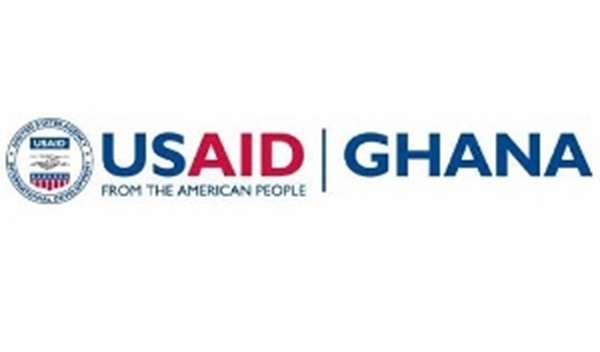The Africa Education Watch has intimated that quality learning outcomes in Ghana’s education system can only emerge from the effective implementation of Ghana’s Standard Based Curriculum.
In a report by EduWatch, it stated that the effective implementation of the curriculum depends on the provision of teaching and learning resources. According to Eduwatch, the development and adoption of participatory and creative pedagogic skills and the existence of recommended class sizes that supports participatory creative teaching and learning can help in this regard.
Recommending ways through which the education system in the country can have quality outcomes, Eduwatch suggested that in the short term, thousands of new classrooms are required to reduce the large class sizes experienced in Ghana’s urban basic schools. The report stated that the Ministry of Education must be intentional in reducing class sizes in urban schools by rolling out a deliberate programme to build more classrooms in overcrowded schools.
“To enable quality measurement and monitoring for accountability, EMIS data must capture new classrooms added in existing schools different from new schools constructed.”
EduWatch
In the medium term, Eduwatch asserted that there is the need for an infrastructure policy that approaches school expansion by relying on existing and projected class sizes and the need to reduce the distance commuted to school. “Further, in addition to PTR, class sizes must inform policy planning. Financing is key to implementing a responsive infrastructure plan.”
The Education think-tank recommended that the Ministry of Education and the Parliamentary Select Committee on Education must engage the Ministry of Finance on amending the Earmarked Funds Capping and Realignment Act, 2017 (Act 947) to exempt GETFund, thereby freeing resources for basic education infrastructure expansion.
“In addition, the payment of DACF arrears and timely release of ensuing tranches must be prioritized, as Ghana embarks on its journey to fiscal recovery. Releasing the DACF timely will ensure the completion of some abandoned school projects.”
EduWatch
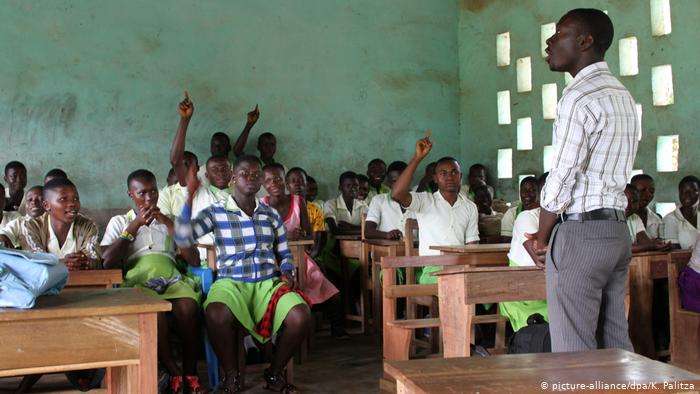
Ghana’s population is youthful
EduWatch noted that Ghana’s population is youthful, with about 42 percent aged between 0 and 14 years. Between 2010 and 2021, while the population of Greater Accra grew by about 36%, from 4.01, million to 5.45million, there was only an 11% increase in the number of public basic schools in the Region.
The report added that in a fast-growing lower middle-class municipality like Adentan where the population increased from 78,000 to 111,000 between 2010 and 2022, the number of public primary schools has only increased by 4% in the past ten years.
“Obviously, the growth in Greater Accra’s urban population has outpaced its growth in public basic schools over time, causing pressure and overcrowding in the few available classrooms.”
Eduwatch
Touching on the deficits in basic education financing, Eduwatch disclosed that there is declining investments in basic education infrastructure against an ever-growing youthful population. According to the think-tank, there has been a gradual decline in basic education’s share of the education sector expenditure from 55.7% in 2008 to 40% in 2020.
“The Ghana Education Trust Fund (GETFund) and the District Assemblies Common Fund (DACF), used in financing basic education infrastructure have been depleted with the capping and securitization of portions of the former, and liquidity issues causing delayed and inadequate release of the latter.”
EduWatch
The think-tank stated that, even though the MoE secured a $1.5 billion loan to expand education infrastructure in 2019, which occasioned the securitization of the GETFund, the focus has been on expanding secondary school infrastructure, in line with the highest political priority accorded the free Senior High School policy.
Read Also: SEC Making Regulatory Changes to Strengthen Market Activity

